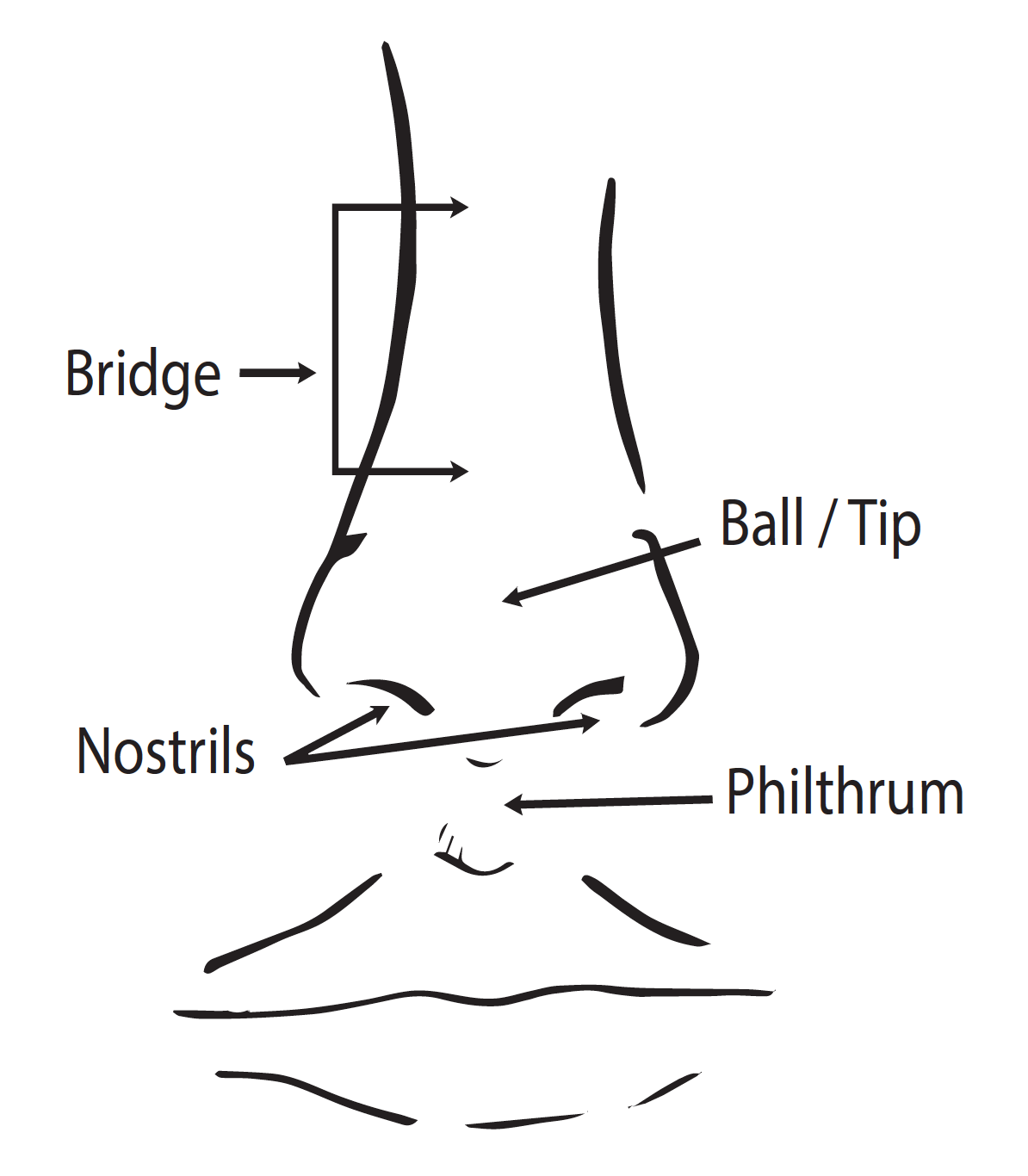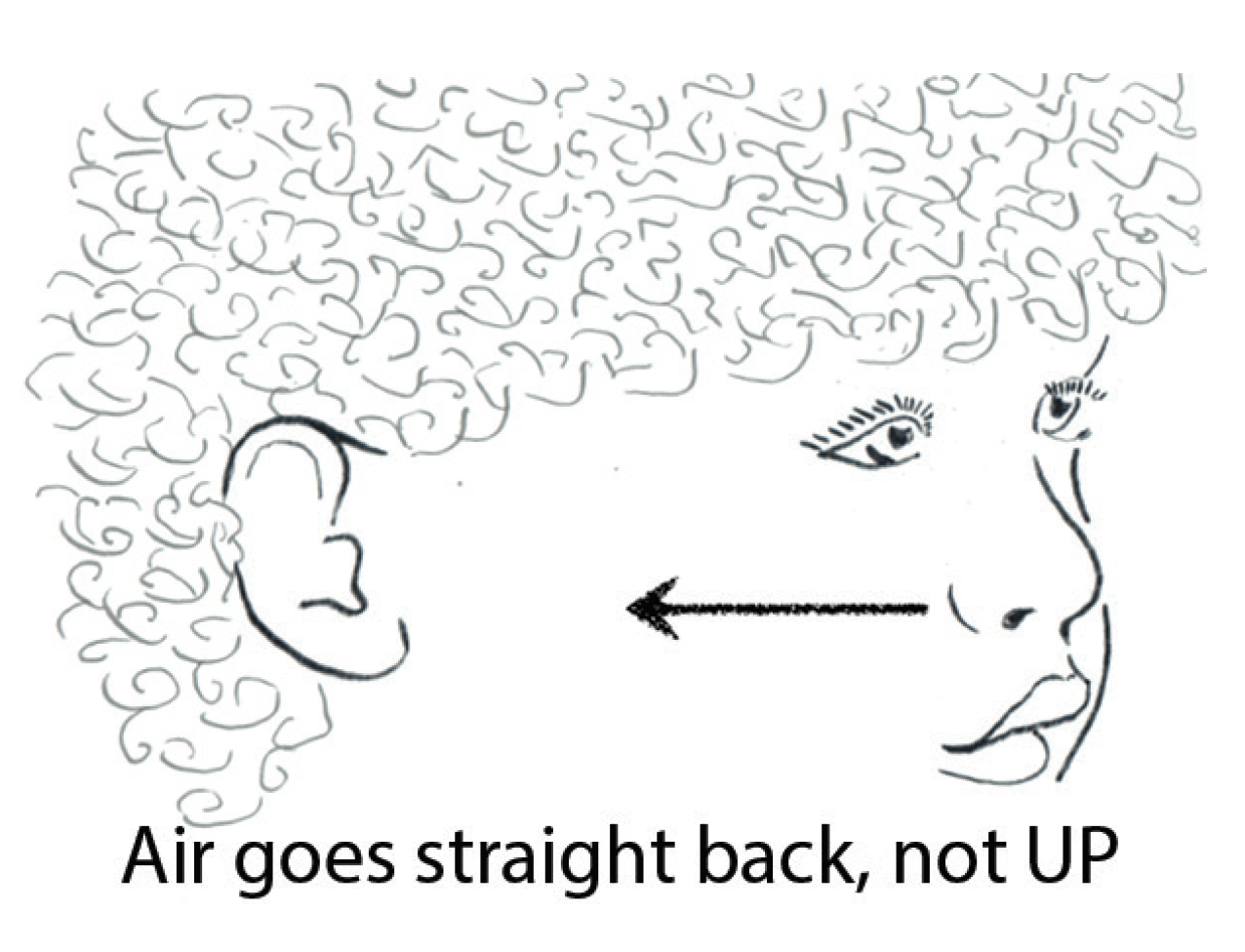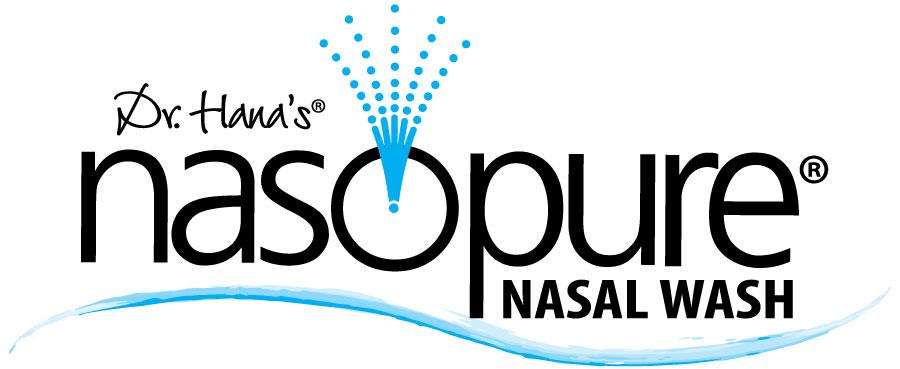The video above is a section of The Chari Clinic Podcast, click here for the full video.
I have always practiced medicine with a basic premise: my patients and I are a team. I acknowledge their values, preferences, and experiences so that I can understand their needs. I then share what I know, both book and clinical knowledge. A patient will ultimately make his or her own best choice; being an informed consumer makes the most sense for ideal health. With this in mind, I’d like to share my knowledge of the nose and all related structures so you can choose what works for you.

The nose is an elegant structure, beautifully designed for essential and life-supporting functions. It is not simply an air-intake port. When the nose works well, it filters, warms and humidifies the air we breathe (10,000 liters each day) – not a small task in today’s environment. The nose is the first major defense the human body has to protect us from our polluted world. For example, a sneeze is the body’s initial protection to expel something considered noxious or even dangerous. Without this filtering mechanism, millions of impurities would be allowed into our fragile lung tissues, wreaking havoc and damaging the gas-exchanging membranes deep within our chests. Without the oxygen humidifying mechanism in our nose, our throat and airways would be dry and irritated all the time, and our moist lungs would dry out like a sponge left in the sun.

What we see of the nose is simply its outer covering and the two intake portals. The outer shape creates the illusion that the nose goes up. However, the nose really goes straight back into your head. The medical providers who specialize in the nose can safely insert a probe into your nose, directed straight back without any discomfort, yet a probe cannot be inserted upward more than a fraction of an inch.
Even when we are forced to breathe through our mouths, our bodies attempt to moisturize the incoming air by using the tongue as a makeshift humidifier. The healthy and clear nose is a much more efficient and effective air conditioner than the tongue. The nose needs to expose a maximum amount of its intake to the air conditioning apparatus, so it is divided into two wind tunnels (nostrils) separated by a thin layer of cartilage called the septum.
The septum divides only the front of the nose into two nostrils – the back of the nose is a single chamber. Each nostril is designed to increase surface area with three rolls of tissue (turbinates) on each side. The air we inhale passes over these turbinates, picking up moisture along the way.
As the air swirls and spins, it passes across tiny hairs built into the lining of the nose. These hairs act as filters, capturing particles before they can reach the tender lungs and cause damage. Hairs just inside the nostril are coarse, but the ones further back are small and almost microscopic. When these tiny hairs (cilia) are allowed to move freely and are not gummed up by debris and mucus, they do an excellent job of cleaning the air we breathe and protecting our lungs.
Sometimes an irritant gets caught, either on those folds of tissues called turbinates or in the cilia. When this happens, we might sneeze or our nose may itch. More mucus is produced and our nose lining swells, resulting in the familiar congested feeling. All of these reactions are really part of the body’s design to protect itself from impurities. We can help the nose filter more effectively by washing this air conditioning system. Flushing the filter clean is an effective way to help our nose do its job in today’s complex and sometimes unclean environment.
